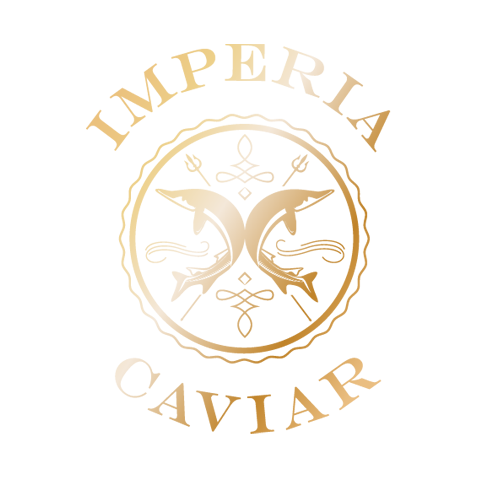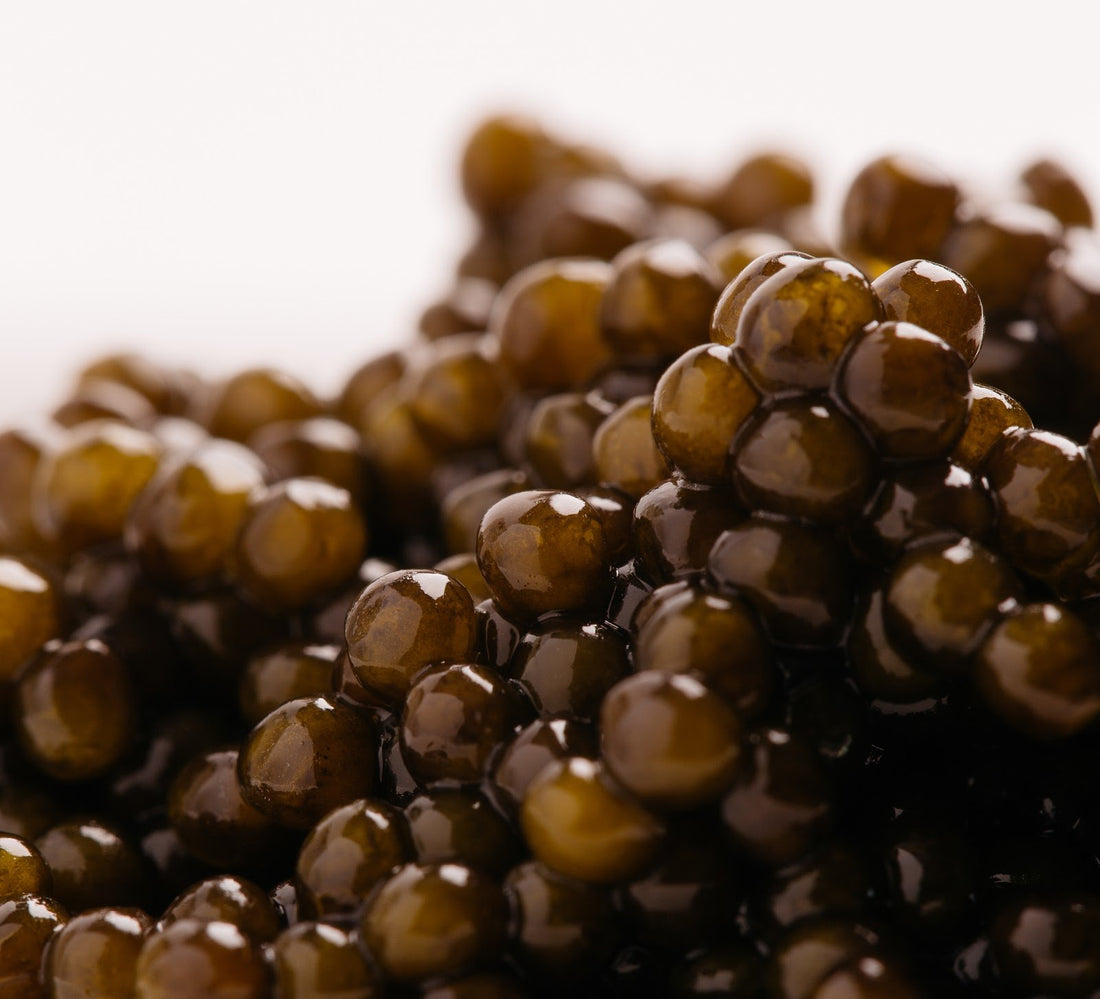Few foods can compete with caviar in terms of pure prestige. Simply saying the name aloud feels like you’re in the presence of royalty. The ingredient is not only notoriously pricey, but it also has a flavor and texture to match, with unique characteristics unlike any other food.
Many are familiar with the concept of caviar, but few know what it truly is and what goes into producing it from start to finish. Now that caviar is more accessible than ever, it’s worth defining in full and answering the most common questions that surround it.
Here is your foundational guide to caviar, including some valuable answers to key questions you may still have.
Traditional Designation
The no-frills definition of caviar is as follows: the salted, non-fertilized eggs of the sturgeon.
While caviar falls into the broader category of fish roe, not all fish roe can be considered caviar, and there are legal strictures in many regions to ensure this mistake is never made.
Just like wine, cheese, olive oil, and other exquisite food products of Europe, nations and governments take caviar classification very seriously. Sturgeon only!
Caviar has been regarded as a delicacy for centuries, long before the dawn of mass agriculture and industrialization. Early historical documents and archaeological digs show that primitive civilizations would harvest fish eggs and add briny water to preserve and add flavor.
The way we prepare veggies, bread, and meat has evolved over the centuries, but modern caviar is largely the same as it was long ago, making it a unique culinary artifact that has successfully stood the test of time.
Production is labor-intensive and takes years of meticulous planning. Female sturgeon must grow for over a decade before they can produce sufficient numbers of eggs for harvest, and a technical extraction process must be followed to ensure the finest product.
Because many sturgeon species have been overfished in regions like the Black Sea and the Caspian Sea, producers have turned to more sustainable aquaculture practices to make caviar more economically feasible and environmentally friendly.
Famous Caviar Varieties
There are five main types of caviar that represent the bulk of the high-end market. These are known as the “big five” and coveted for their extraordinary flavors, textures, and prices.
The big five include Beluga, Ossetra, Kaluga, Sevruga, and American. These will fetch the highest cost per ounce, and you may find yourself on waitlists to receive them in the mail. These products deliver the most delicate textures and nuanced flavors of all caviar, although there are over 25 total species of sturgeon that produce authentic caviar as well.
For connoisseurs, caviar is a lifestyle and an entire microcosm of gourmet culture and food criticism. As you navigate the caviar world for the first time, you’ll encounter foreign terms and descriptive language unfamiliar to most.
Critics look at key factors like bead size, color, and quality to determine the grade of top-tier caviar, discussing flavor notes such as butter, brine, and sweetness to describe them.
On top of its distinct features and flavors, the excitement and exclusivity of caviar are what makes it so dynamic and worthwhile. Break out the champagne!
Extended Definitions
While the United Nation’s Food and Agriculture Organization is strict about how caviar is labeled and marketed (sturgeon only), some producers play a bit looser with the rules and expand their definition of the ingredient into new territory.
Caviar substitutes are common in the United States, and you’ll find that many restaurants and catering companies prefer to use these as more cost-effective solutions to achieve a similar taste and feel to genuine caviar. That said, these alternatives are not going to give you the same experience as real caviar will.
They come in a wide range of textures and flavors, each with its own flavors and nuances. That said, once you try top-shelf caviar, you’ll know that nothing else compares.
Nutritional Value
It may not be the first thing on your mind when stepping into the caviar universe, but it’s a question worth asking: is caviar healthy, and what nutritional benefits might it have?
Believe it or not, caviar is one of the most nutrient-dense foods of the natural world, offering a huge spectrum of vitamins, minerals, amino acids, and healthy fats. Compared side by side with other powerhouse ingredients like leafy greens and lean meat, caviar is a step above the rest, securing its place as a certified superfood.
In just one ounce of caviar, you will find 7 grams of protein, zero carbohydrates, and 5 grams of the best Omega-3 fatty acids on the planet.
With plenty of additional micronutrients and brain-boosting compounds, caviar is a peak performer in the nutrition department, on top of being a delicious and dynamic appetizer.
While caviar is traditionally served with minimal accompaniment (usually just lemon, capers, and a simple starch), you can turn caviar into an energy-packed snack using roasted veggies, hard-boiled eggs, whole-wheat pasta, and lean red meat.
Some culinary pioneers even use caviar as part of their after-dinner dessert service, placing a small scoop of pearls onto white chocolate or caramel ice cream to capitalize on the sweet-and-salty dynamic of the ingredients. Try it yourself and be pleasantly surprised!
Sodium and cholesterol levels may limit overconsumption of caviar, but you can safely eat up to 40 or 50 grams per day and enjoy the many nutritional advantages it has to offer.
Purchase, Storage, and Shelf Life
Thanks to sustainable farming, expedited shipping, and the power of the internet, the world’s best caviar can be brought right to your door by simply placing an order online.
It’s important to quickly store your caviar upon arrival, keeping it in a cold part of your refrigerator just around freezing point. The sooner you enjoy your caviar, the better, and it’s wise to finish the tin or jar completely within a few days of opening.
Caviar is best enjoyed with others, so organize a tasting party with friends or have a private date night at home with someone special. They will appreciate the gesture!
Conclusion
Caviar is one of those magical ingredients that truly deserves all the hype and prestige that surrounds it. With all your questions answered, go out and try this delicacy for yourself and experience something truly special.
Sources:
https://www.thespruceeats.com/what-is-caviar-1807004

